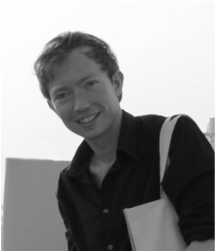Art and the City - Artistic Representations and the Built Environment
(for questions about the course, write to René)
description
Artistic representations and practices can improve our understanding of the built environment. From documentary film to the technique of ‘aimless wandering’, there are many ways to engage with urban space, i.e. the city. The city is more than just a physical phenomenon to be developed through architecture and planning. In addition to serving as a tool to perceive and understand the city, art can play an important role in changing the city and urban life. Artists and other stakeholders use and apply art in cities for various reasons, with different objectives and outcomes. From local groups aiming to promote neighbourhood cohesion to mayors of so-called global cities seeking to rebrand their city, the possible applications of art are manifold. In this course, students will learn how to communicate their ideas about specific urban issues through different forms of artistic expression and create their own ‘urban imaginations’.
expectations
- Students are expected to attend film screenings, field trips and guest lectures outside class times as much as possible.
- Students are expected to share in-class representations of cities in various media (film, literature, etc.) based on their own prior knowledge.
- Students are expected to present a thoroughly researched and substantiated ‘urban imagination’ in a medium of choice after discussing their ideas and receiving feedback on a draft.
objectives
- Distinguish between artistic reflections on space and the impact of art on space.
- Develop an understanding of how art forms can offer new interpretations of cities and urban life.
- Understand how artistic expressions can provide critical reflections on cities and urban life.
- Examine how art forms can influence and shape one’s mental map of a city.
- Analyse how art is and can be used as an instrument or tool by different stakeholders at the local, urban, national and global level.
- Appreciate the potential art holds for urban communities.
- Recognise the problematic role art can play with regards to urban development.
- Engage with complex and diverse urban issues.
- Differentiate between forms of art and their communicative function in expressing ideas about the city.
- Relate to the built environment through an artistic medium and express one's urban imagination.

René BOER holds a Master's degree in Urban Studies from University College London's Urban Laboratory. He works as an urban and architectural researcher in Cairo and is affiliated with the Amsterdam-based research foundation Failed Architecture; and various urban social movements. His work focuses on grass root urban practices, architecture's urban afterlife and artistic representations of the built environment. In the past, he has worked as a freelance journalist for a number of media outlets in Syria, Lebanon and the Palestinian Territories. He has also been associated with the urban research collectives Citymine(d) in Barcelona, ICAHD in Ramallah/Jerusalem and Archis/Volume in Amsterdam. René joins CILAS as visiting fellow in the fields of study Arts and Natural Sciences, and will coordinate the thematic courses Art and the City, and Urban Resilience.

